The US Air Force has proposed slashing as many as 21 of its 35 RQ-4 Global Hawk high-altitude drones, which currently collect intelligence across the Middle East and elsewhere, as part of a series of steep cuts to legacy programs, current, and former US defense officials told the Foreign Policy.
The proposal has been submitted to the Office of the Secretary of Defense for review as part of annual budget negotiations.
Both China and Russia are increasingly able to challenge the US military’s superiority through a wide variety of sophisticated missiles, air defenses, and electronic capabilities that could destroy key US and allied forces.
The Pentagon’s challenge, then, is to invest in building next-generation systems that can penetrate Chinese and Russian defenses—the new B-21 stealth bomber, hypersonic missiles, and others.
The Global Hawk, which first deployed in 2001 and is built by Northrop Grumman, is one of the logical cuts, experts said. As a small fleet—just three dozen planes—the aircraft is difficult to maintain due to scarcity of parts, but more importantly, it is vulnerable to enemy fire in hostile airspace. With a wingspan of 131 feet, it is easily spotted by radar and has no defensive systems.
In late June, US Global Hawk spy drone intruded into Iranian airspace and the Islamic Revolutionary Guards Corps brought it down after the drone ignored Iran’s several warnings. IRGC said there was another intruding US manned plane beside the Global Hawk but the force ‘refrained’ from targeting it.
Iran had earlier revealed other sections of the US drone which were retrieved from the Iranian waters after the incident.
At the time, Iran provided sufficient evidence proving that the UAV had violated Iran’s airspace, including exact coordinates of the place as well as sections of the vehicle’s wreckage which were retrieved from Iranian waters. Tehran also says it will take the case to the UN.
MNA/PR


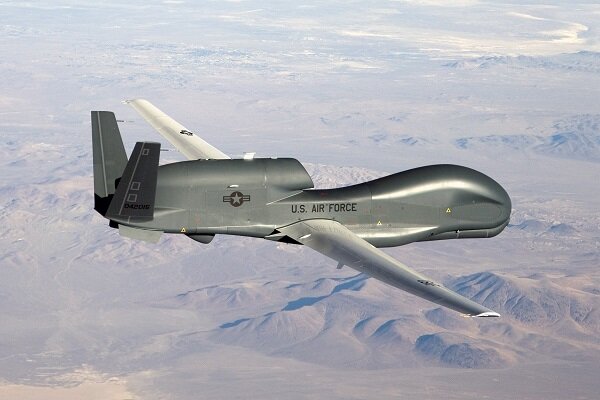


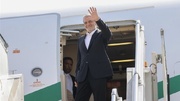





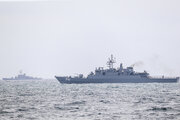

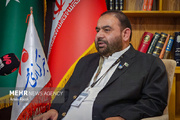


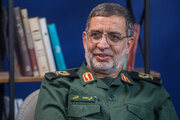



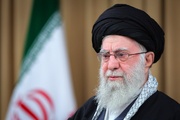


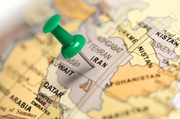


Your Comment